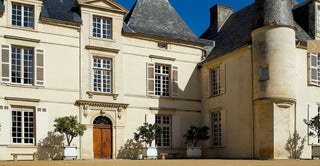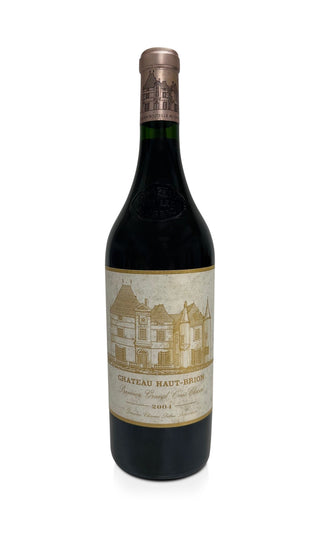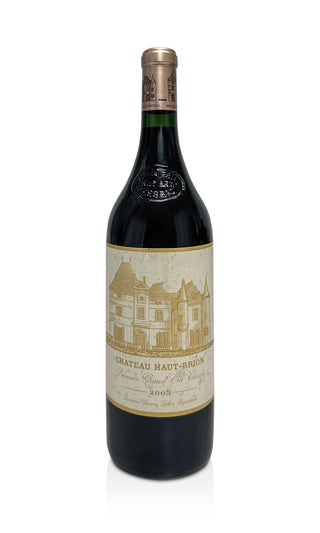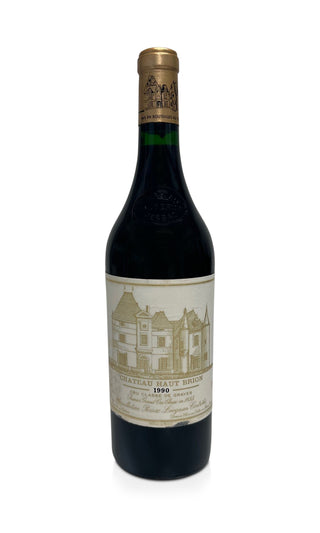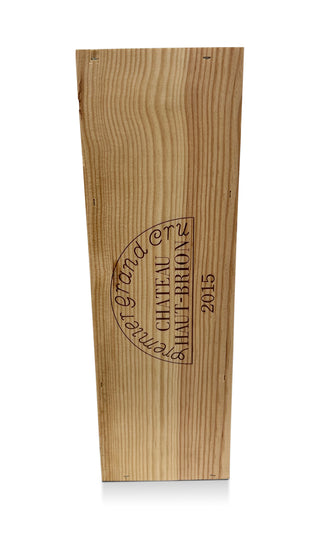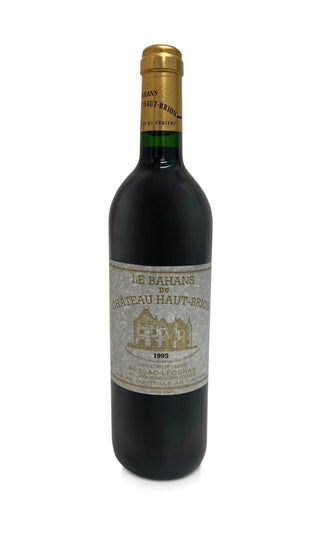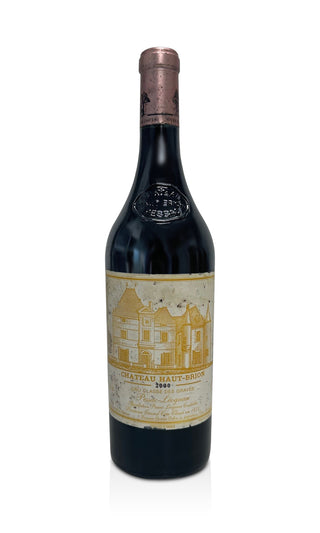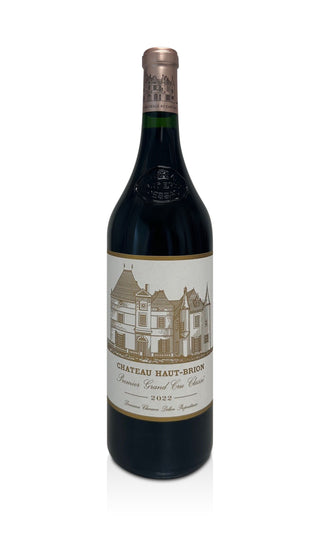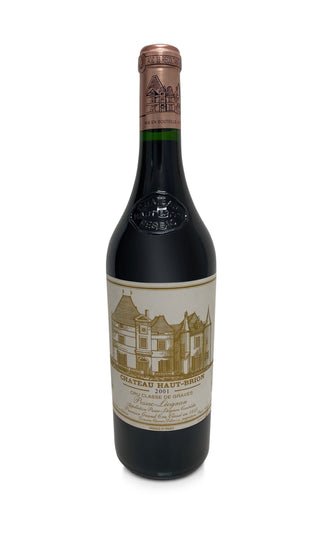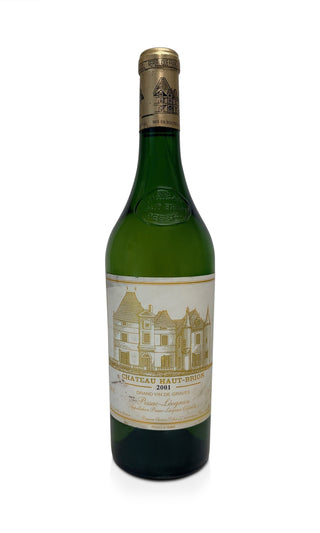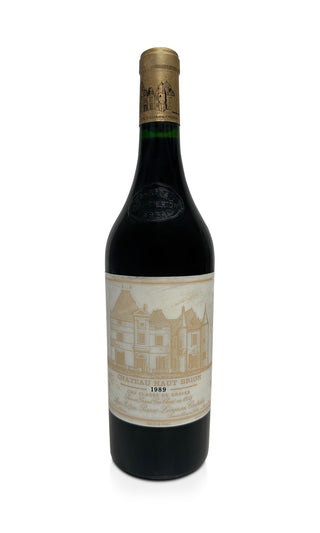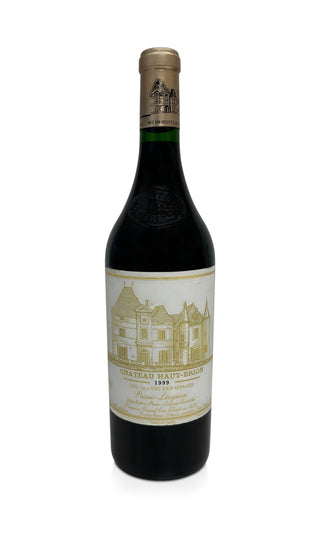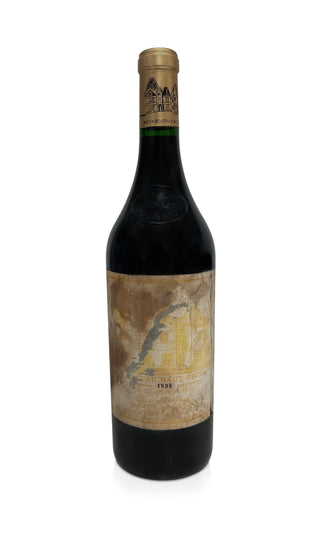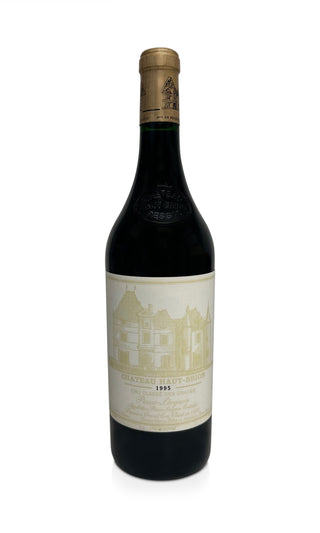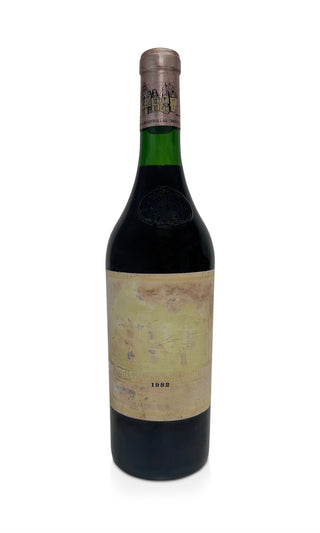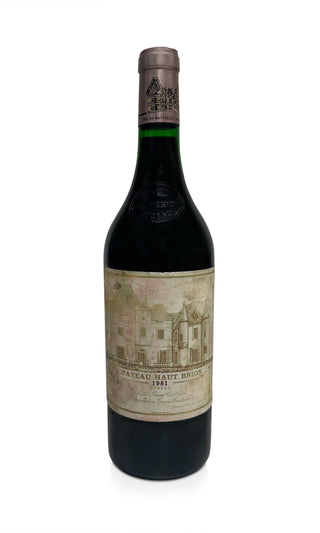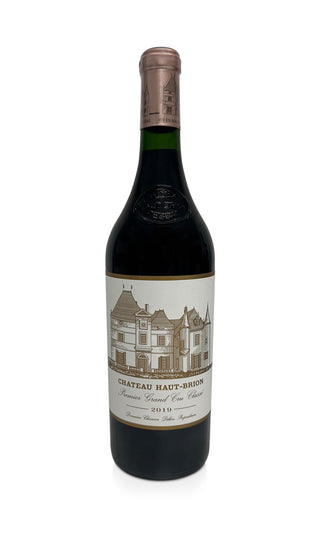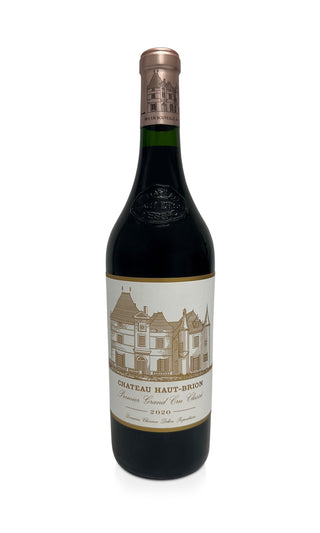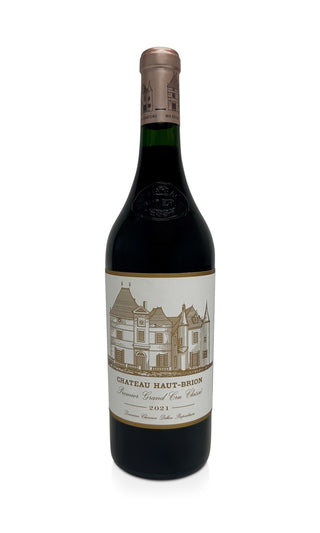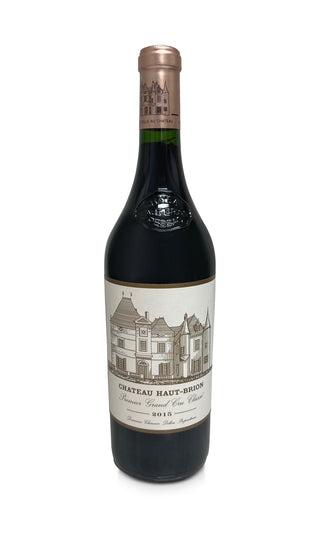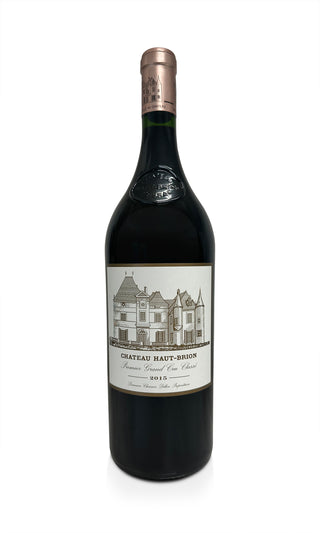In addition to Italy, France is also one of the world's largest wine producers and is home to numerous wineries such as the Château Haut-Brion, which Clarence Dillon acquired in 1935. That year was a turning point for the winery, as it was able to find its way back to the elite circle of legendary wines through the acquisition.
The history
The first records of the winery point back to a long history that stretches back to the year 1426. To this day, the winery is continued within the family and has now been handed over to the 4th generation. The Château Haut-Brion is located in the town of Pessac, which is only a few kilometers from Bordeaux. It enjoys the reputation of being the oldest winery in this region. Formerly located on the outskirts of Bordeaux, it is now enclosed by the urban area, which has a significant impact on the climatic conditions. The Château Haut-Brion is protected by a wall from the adjacent residential buildings and traffic in France. These individual and unique conditions can also be found in the properties of the wine: the noble wine convinces with its unmistakable character, which is based on the individual microclimate. With an area of 42.5 hectares, the vineyard area consists of 15% Cabernet Franc, 40% Cabernet Sauvignon and 45% Merlot. Haut-Brion was awarded the rank of Premier Cru Classé in 1855, the evaluation of which is based on rankings. In addition to Haut-Brion in 1855, that classification also included the estates of Château Latour, Château Margaux and Château Lafite-Rothschild in Pauillac.
The wine
Four excellent wines are produced at Château Haut-Brion in France. This includes the first wine Château Haut-Brion 1er Grand Cru Classé Pessac-Léognan. The white wine Château Haut-Brion Blanc was cultivated later, but is now also one of the best wines in the Bordeaux region.
The red wine owes its character to the oenologist at Château Haut-Brion, Jean Delmas, who prefers a warm and short fermentation time. Fermentation takes place with a gradual increase in temperature. Because the Haut Brion was able to mature in barriques for 30 months, the wine has an early-ripening and full-bodied taste. Furthermore, the red wine convinces with its storability for decades. The white wine is also described as fine and delicate on the one hand, and rich and opulent on the other. The quality of the grapes for the wine, which are individually harvested, sorted and destemmed by hand, determines the size of the vintage. Thanks to committed and passionate professionals, the wine now has an excellent reputation.
Château Haut Brion - historically valuable
Château Haut Brion enjoys a special historical importance, which is expressed by a library and a museum located in the winery. With various historical objects, it quickly becomes clear how valuable the winery is to this day. Since wine production at Château Haut-Brion began in Roman times, you will also find what you are looking for at the winery in France. These are Roman, Greek and Etruscan relics, which are expressed in the form of coins and drinking vessels, among other things. The library now includes more than a thousand different works. The oldest work dates back to 1516 and was written in Latin by the poet Francesco Mario Grapaldi. Furthermore, the works are weather reports or diaries that document and describe the work of harvest workers. In addition, instructions on care and the best times for an optimal harvest can also be found in the works of the library in France.
